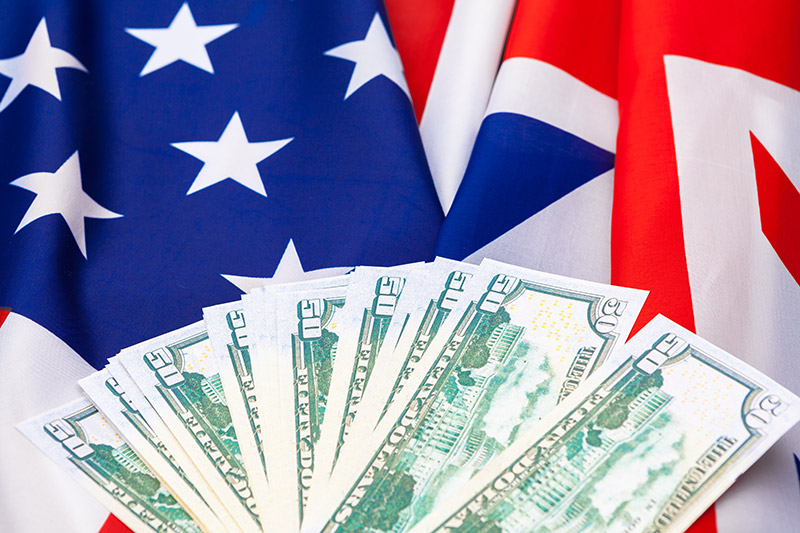For small businesses that rely on international trade, tariffs can be a major challenge. Governments use tariffs to regulate trade and protect domestic industries, but these policies can shift rapidly due to political and economic factors. Without a solid strategy, small businesses may face higher costs, supply chain disruptions, and unpredictable market conditions. To stay competitive, small business owners must understand how tariffs affect them and implement strategies to minimize risks.
How Tariffs Impact Small Businesses
Tariffs are essentially taxes on imported goods, making them more expensive for businesses and consumers. For small businesses, the impact can be even greater, as they often have less flexibility to absorb increased costs. Key challenges include:
- Rising Costs: Tariffs increase the price of imported materials and products, squeezing profit margins.
- Supply Chain Disruptions: Finding new suppliers can take time and may result in delays.
- Market Uncertainty: Frequent changes in trade policies make long-term planning difficult.
- Competitive Pressure: Larger competitors may have the resources to absorb costs or shift sourcing more easily.
Strategies for Small Businesses to Manage Tariffs
To navigate these challenges, small businesses need practical strategies that help them adapt to changing trade policies without compromising profitability.
1. Diversify Suppliers
If you rely on imports from a single country, you’re at greater risk of tariff-related disruptions. Finding alternative suppliers in different regions can help you avoid unexpected cost increases.
2. Use Free Trade Agreements
Many countries have trade agreements that reduce or eliminate tariffs on specific goods. Researching and leveraging these agreements can lower costs.
3. Adjust Pricing Strategically
If tariffs increase your costs, consider whether to adjust your pricing. You may be able to pass a portion of the increase onto customers while still remaining competitive.
4. Look into Duty Drawback Programs
Some governments offer duty drawback programs that provide refunds on tariffs for goods that are later exported. Small businesses that engage in re-exporting should explore these opportunities.
5. Explore Local Sourcing and Manufacturing
Where possible, sourcing materials or manufacturing domestically can reduce exposure to tariffs. It may also improve customer perception by promoting locally made products.
6. Stay Informed on Trade Policies
Keeping up with tariff changes and trade regulations helps small businesses anticipate potential challenges and make informed decisions. Joining industry groups and consulting trade experts can be beneficial.
7. Utilize Bonded Warehouses
A bonded warehouse allows businesses to store imported goods without paying tariffs until they are sold or moved to market. This can help improve cash flow and delay costs.
Looking Ahead: Small Business Resilience in a Shifting Trade Landscape
Trade policies and tariffs will continue to evolve, and small businesses must be proactive in managing these changes. By diversifying supply chains, taking advantage of trade agreements, and staying informed, small businesses can minimize risk and maintain stability.
Adapting to tariff changes doesn’t have to be overwhelming. With the right strategies, small businesses can not only survive but thrive in a constantly shifting global trade environment.
